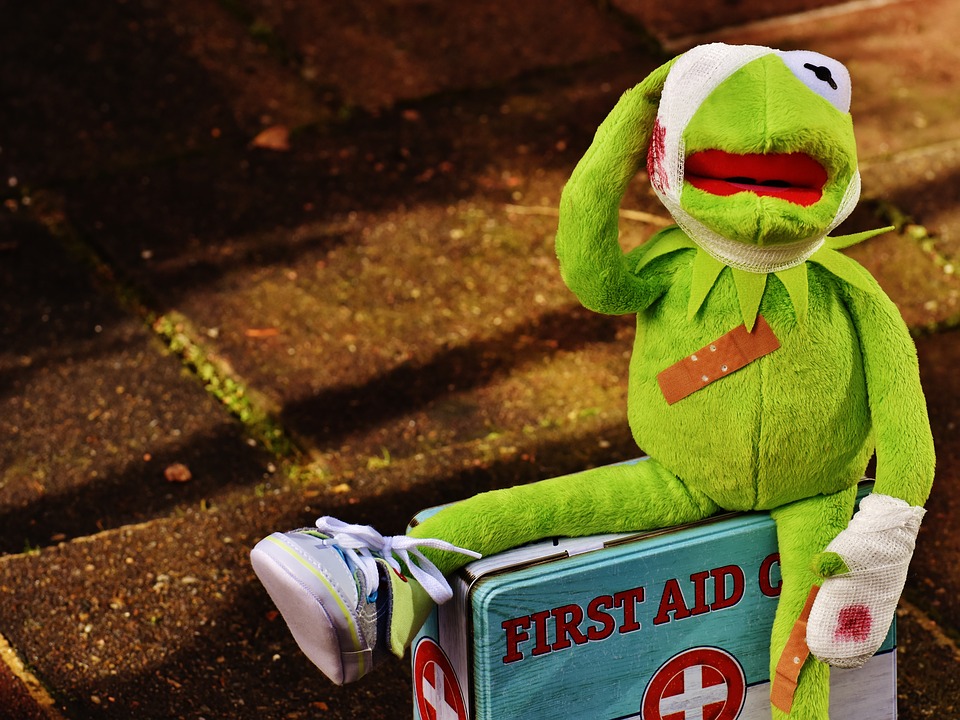As a medical flight paramedic, you might have encountered a few sepsis patients on your missions. But have you had to deal with kids suffering from this problem? Sepsis treatment is already complicated and can be much more complicated in children. They can easily develop sepsis after developing an infection from a traumatic injury or an illness.
Pediatric Sepsis Assessment Tips for Medical Flight Paramedics
When you encounter a kid suspected of having sepsis, you can make use of the following tips to provide timely and accurate treatment:
- Assess complaints carefully – As you well know, there’s no test or clinical indicator for sepsis. So you need to carefully assess the various symptoms in your young patient to determine whether they’re suffering from the condition.
Fever, rash, vomiting, diarrhea, discharge or pus, foul-smelling urine, and runny nose are some of the common symptoms to look out for. If the patient is shivering, pale, sleepy, and suffering from shortness of breath and extreme discomfort, there’s a chance they have sepsis.
- Determine the patient’s medical history – In most cases, a patient’s medical history may make them more susceptible to sepsis. Try to determine if the patient has gone through anything that might decrease their immunity. For example, immunotherapy and chemotherapy as well as HIV/AIDS and regular steroid use can negatively affect the immune system.
You can also try to determine whether the patient suffers from any comorbidities that might leave them susceptible to infections and cardiovascular collapse. Cancer, sickle cell disease, cystic fibrosis, poor cardiac/respiratory reserves, and liver/splenic dysfunction are some conditions to look out for.
In addition to this, see if the patient has had any recent surgery, traumatic injury, indwelling devices, or organ transplants. Medical flight paramedics should also note that children who depend on mechanical ventilation may also be more susceptible to sepsis.


